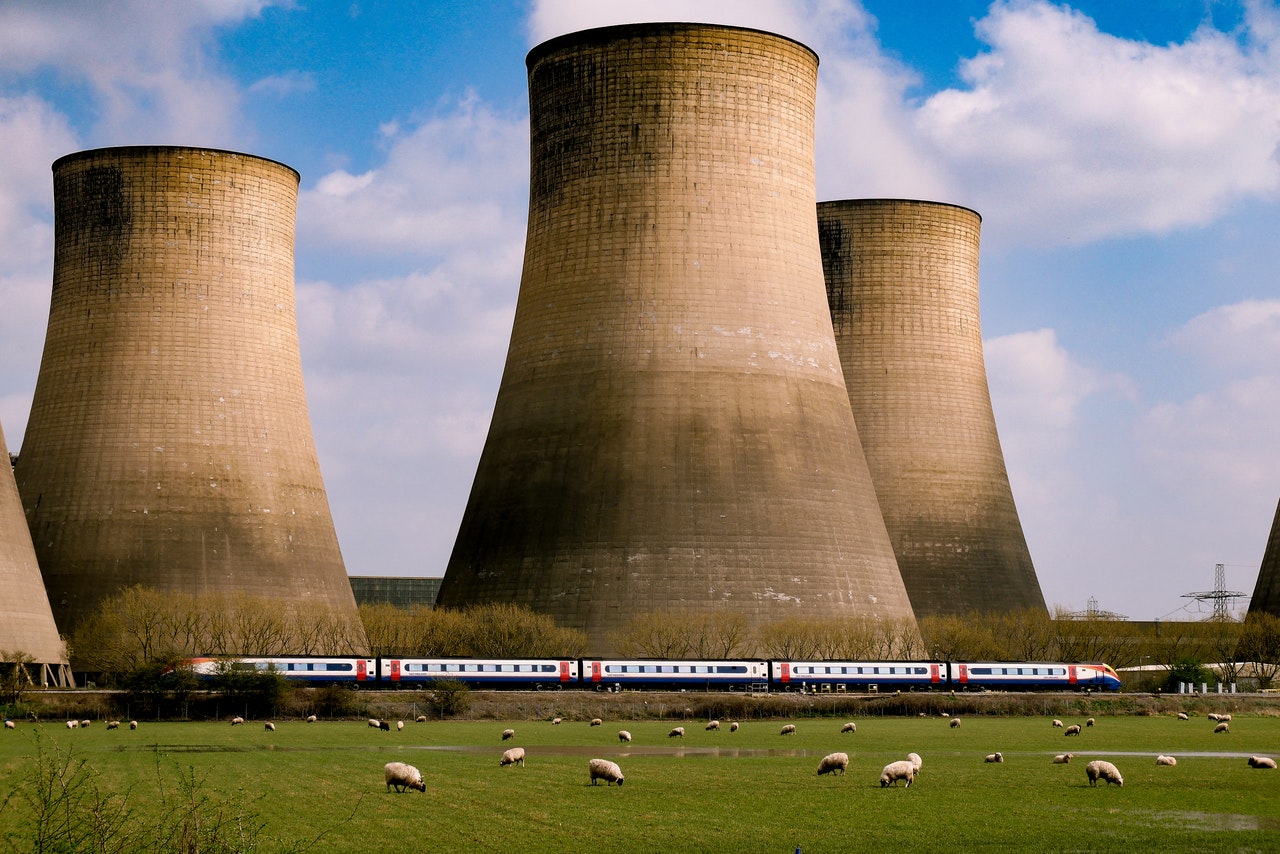What if a five-second reaction could power a whole house for a day? British scientists could explain it to you. On December 21, 2021, a group of researchers saw a nuclear fusion event that produced a record-breaking 59 megajoules of energy in under five seconds utilizing sustained fusion energy, CNN reports.
This finding is one of many significant advancements in the last year or two that have shaped nuclear fusion technology into a more viable alternative for fossil-free energy. This reaction, carried out by experts from the EUROfusion project, more than doubled the previous fusion energy record, which stood at 21.7 megajoules in 1997. The huge bolt of power was created using the Joint European Torus (JET) technology.
“This accomplishment is the product of years of preparation by the EUROfusion team of academics from around Europe,” stated Tony Donné, EUROfusion Program Manager, in a press statement. “The record, and more significantly, what we’ve learned about fusion under these circumstances, and how it totally matches our expectations, suggest that we’re on the correct track to a future world powered by fusion energy.” If we can keep fusion going for five seconds, we can keep it going for five minutes, and eventually five hours as we scale up our operations in future machines.”
The JET is the world’s biggest and most powerful operating “tokamak,” and it resembles a massive metallic doughnut. Tokamak devices confine plasma in a doughnut shape using magnetic fields that contain the vast quantities of heat required for the process. Temperatures within the JET may reach 150 million degrees Celsius, which is 10 times hotter than the core of the sun.
This experiment is critical for preparing for ITER, an 80 percent finished plan to create a larger version of the JET tokamak. This time, scientists don’t only aim to generate energy; the ITER’s objective is to generate net energy, or more energy coming out than going in. Since 1985, the project, situated in southern France, has brought together some of the finest energy experts from China, the European Union, India, Japan, Korea, Russia, and the United States. The EU-Demo, the next generation of nuclear fusion tokamaks after ITER that would really link to the grid, is also in the works.

